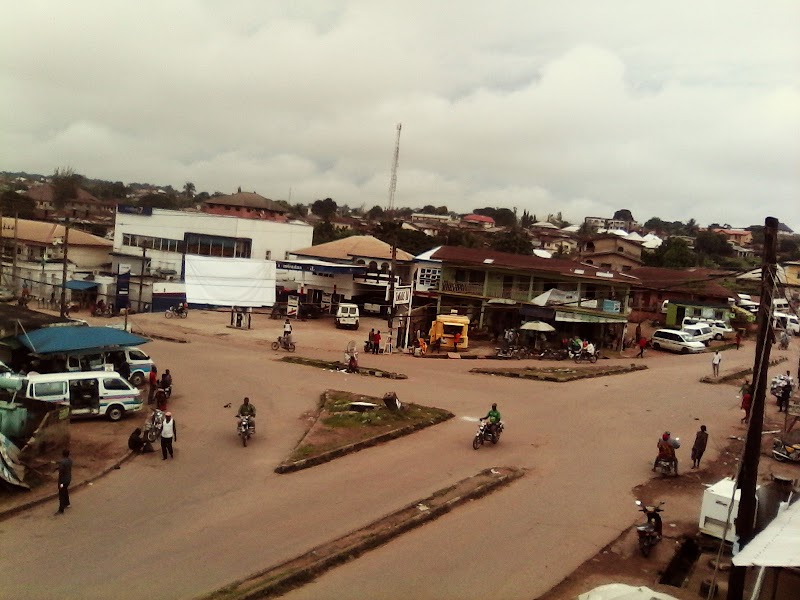
Afang Forest Reserve Adventures
Afang Forest Reserve is a vital tropical rainforest in Cross River State, Nigeria, known for its rich biodiversity, dense canopy, and key role in regional ecological balance.
About Afang Forest Reserve

Afang Forest Reserve is one of the largest remaining tropical rainforests in southeastern Nigeria, located in Cross River State near the town of Obubra. Covering a vast area of undisturbed primary and secondary rainforest, the reserve features dense vegetation dominated by large hardwood trees, including economically and ecologically important species such as Afang (Gnetum africanum) and other valuable timber trees. The forest supports a high diversity of flora and fauna, including primates like drills and chimpanzees, numerous bird species, and rare reptiles and amphibians. Established in response to threats from deforestation and habitat loss, the reserve plays a critical role in watershed protection and carbon sequestration. Afang Forest Reserve offers opportunities for guided nature walks, birdwatching, and ecological research, although the infrastructure remains limited to protect its pristine condition. The reserve is also culturally significant, as local communities have traditionally used its resources sustainably, particularly the Afang plant, a popular leafy vegetable in Nigerian cuisine. Visitors interested in conservation, wildlife observation, and tropical forest ecology find the reserve an important and compelling destination. Its remote location and limited tourism infrastructure contribute to a sense of wilderness and adventure for those who do visit. Conservation efforts focus on preventing illegal logging, poaching, and encroachment, ensuring that the forest’s ecological integrity is preserved for future generations.
Highlights
Dense tropical rainforest with towering hardwood species
Habitat for endangered primates such as drills and chimpanzees
Rich variety of endemic bird species ideal for birdwatching
Traditional harvesting sites for the nutritious Afang plant
Notable Natural Features
Afang Plant (Gnetum africanum)
A leafy, edible climbing plant that grows abundantly in the reserve and is a vital food source for local communities.
Endangered Primate Habitats
The forest is home to vulnerable species like the drill and chimpanzee, which rely on this protected habitat for survival.
Pristine Watersheds
The reserve protects important streams and rivers that support regional biodiversity and local agriculture.
